Many families come to Fort Sill to celebrate a landmark in their Soldier's lives, whether it be graduating from Basic Combat Training or receiving a promotion and furthering their Army careers. After they've tried the numerous local restaurants, there is still one very big place they can turn to for entertainment.
The Wichita Mountains Wildlife Refuge is just northwest to the very training ground on which Soldiers spend their time in the field. Established in 1901, the expansive land isn't as noisy as its artillery and air defense neighbor but what it lacks in loud explosives it makes up for with wild creatures. According to the refuge website more than 50 mammal, 240 bird, 64 reptile and amphibian, 36 fish and 806 plant species thrive on the grassland.
Rocky Mountain elk, white-tailed deer and Texas longhorn cattle roam freely and are often a big hit for sightseers traveling along Highway 49 into the refuge, but the American bison seem to garnish the most attention. Commonly known as buffalo, they can weigh up to a whopping 2,000 pounds. They're known for their big horns, large humps and more than just a 5 o'clock shadow across their faces. Those who want a closer look at the boulder-like creatures should be wary, especially of the females who weigh half as much as the males but are considered more dangerous if they're protecting their young.
"Bison can run 35-40 miles an hour. They can hit that top speed pretty quickly. You're violating their territory don't sneak up to get their pictures," said Nick Plata, tour guide of the Wichita Mountains Wildlife Refuge. "The rule of thumb is wherever you park your car to take a picture of a bison don't go over halfway between it and the animal because if you do, you're probably not going to make it back if they actually chase you."
Plata is full of these helpful safety tips and has an extensive knowledge of every rock, creature or activity at the refuge. He even has family history in that area as his great-great-grandfather once lived in the Wichita Mountains.
Some may think those mountains look more like molehills, but their short stature shows they have withstood the test of time. At 550 million years old, the Wichita Mountains rank among the oldest ranges on earth according to Plata and the United States Department of Interior, U.S. Fish and Wildlife Service.
On a tour with Plata he goes from pointing out huge details like the mountains to the smaller ones like the black tail prairie dog.
"It's a keystone species. Out of all the animals we have out on the refuge they're the most important. One-hundred seventy vertebrae species depend on the prairie dog directly or indirectly for survival whether it be for food or for habitat," said Plata.
Luckily there are measures to make sure nothing happens to the prairie dogs and Plata said visitors can do their part by taking in the beauty of the creatures and the rest of the refuge by making sure not to disturb it.
"I love it here and I fell in love with this place," said Plata. "This place brings people together."
He stated visitors from many countries have come just to enjoy the native scenery.
Other activities at the refuge include picnicking, camping, trails and hiking, boating, fishing, photography and hunting.
Tours can be reserved through the Visitor Center. For more information contact the center at 429-3222. For tour reservations call 429-2151.
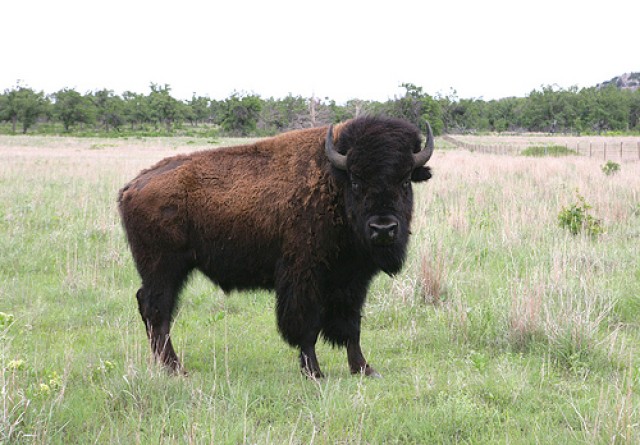
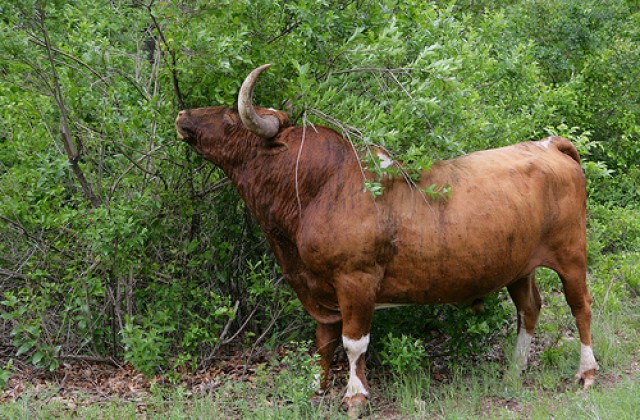


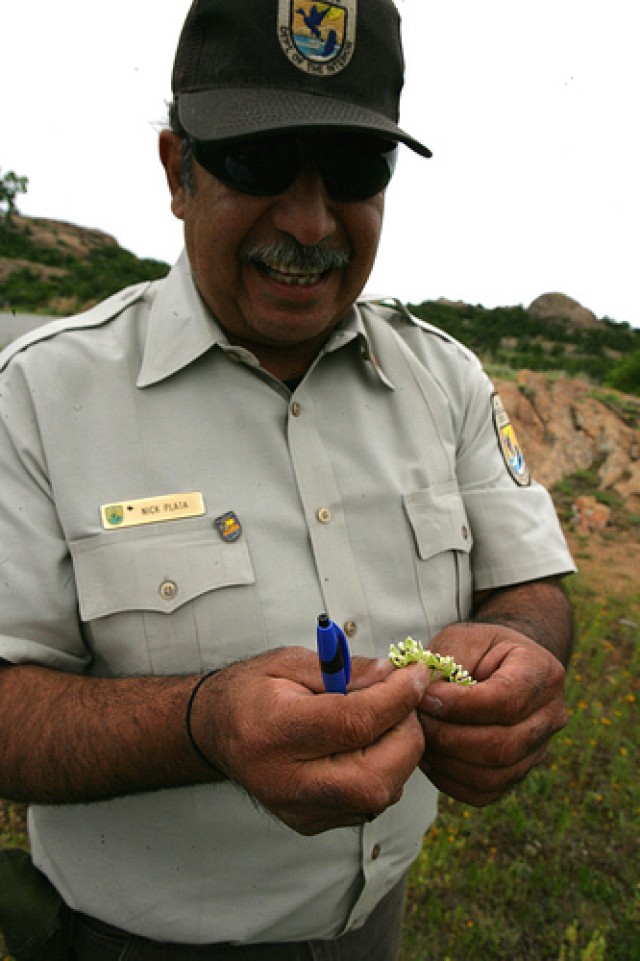




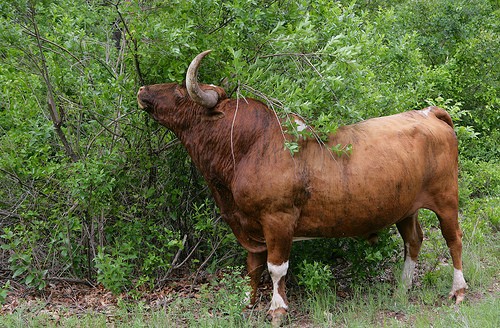

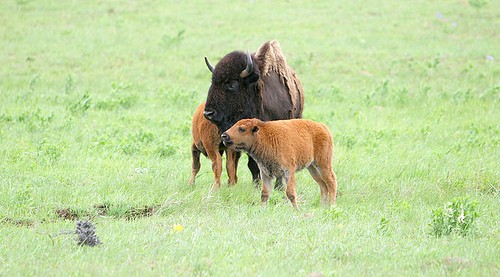




Social Sharing